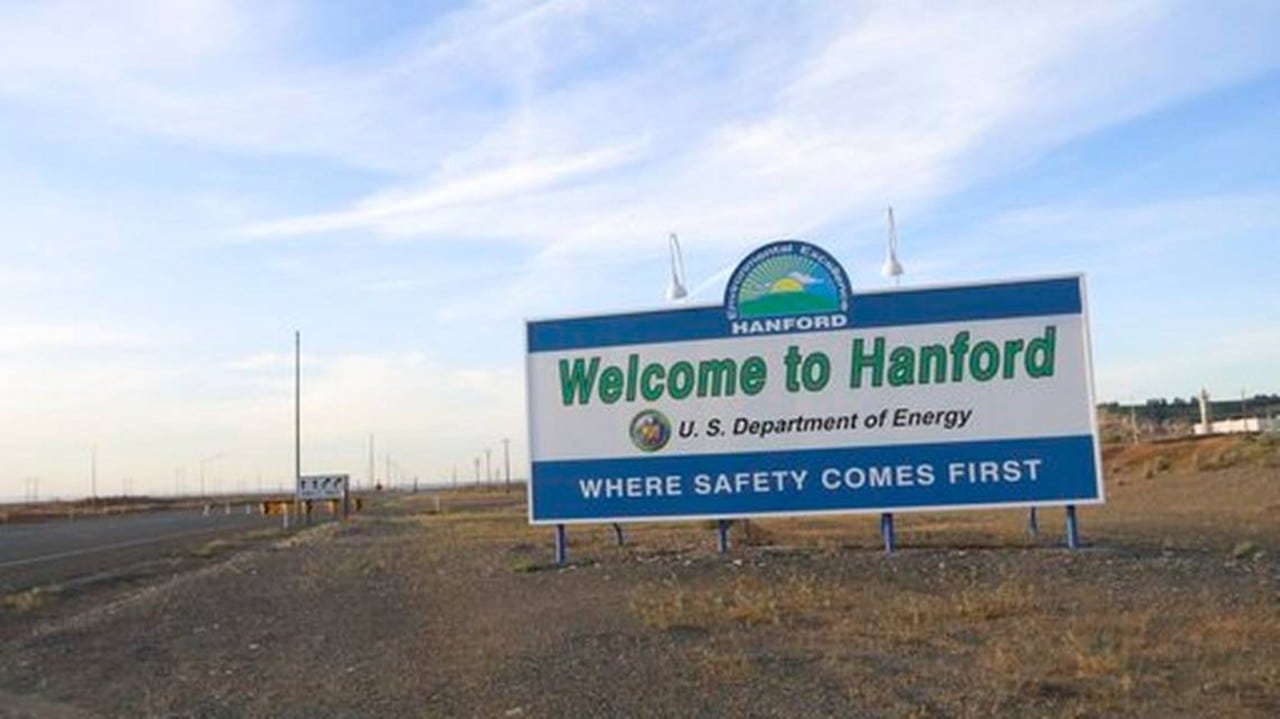
Weapons Complex Monitor Vol. 30 No. 39
Visit Archives | Return to Issue PDF
Visit Archives | Return to Issue PDF
Weapons Complex Monitor
Article 1 of 13
October 11, 2019
Hanford Mission Support Contract Expected Soon, DOE Procurement Manager Says

KNOXVILLE, Tenn. — Barring unforeseen circumstances, the U.S. Energy Department’s Office of Environmental Management expects soon to award the potential 10-year, $6 billion support services contract for the Hanford Site in Washington state, an agency procurement…
Partner Content